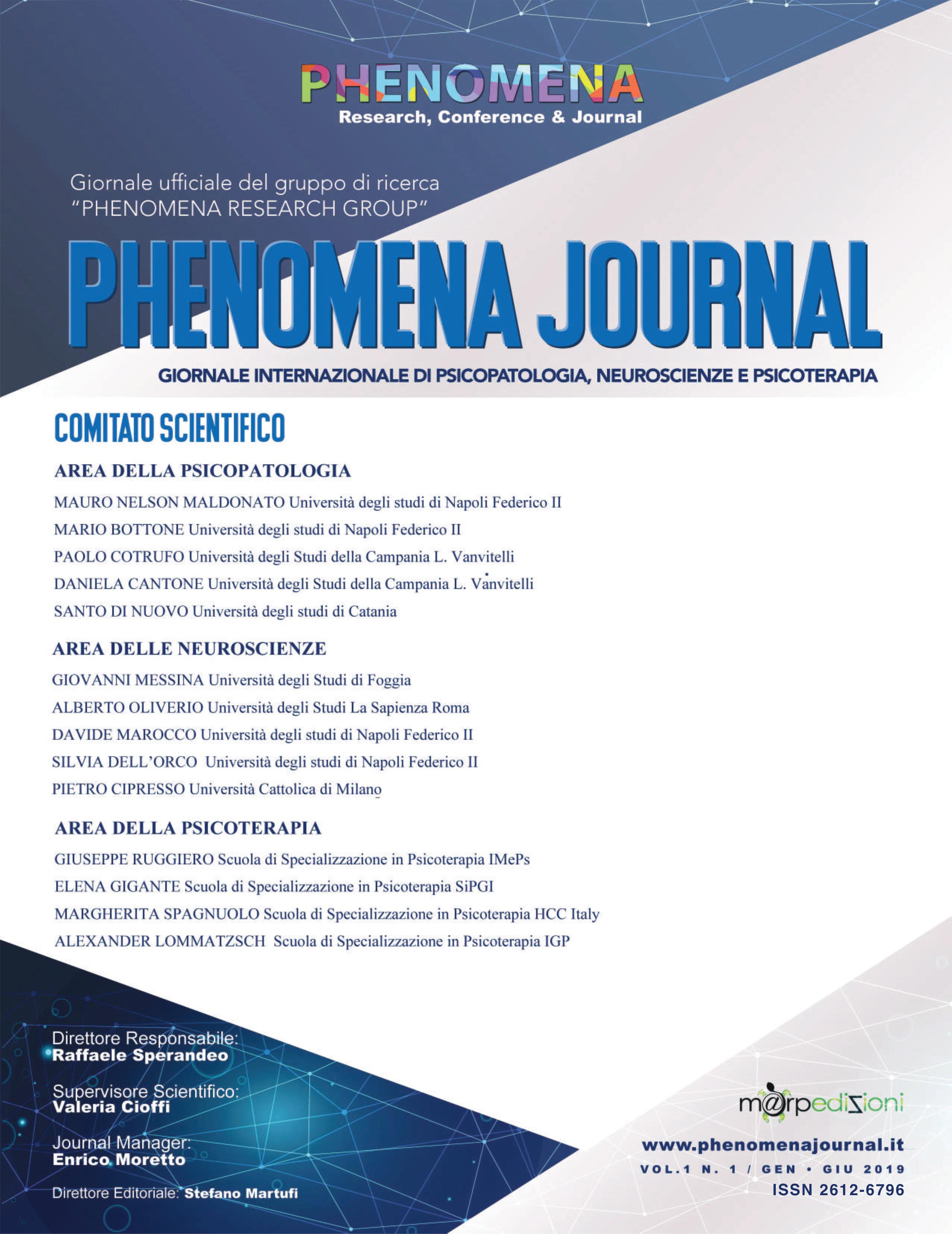DPA - Valutazione Dimensionale della Personalità: Un approccio integrato secondo il DSM - 5
Published 2019-06-15
How to Cite
Abstract
The present paper examines the theoretical bases, the psychometric properties and the applicative uses of the DPA - Dimensional Personality Assessment, a process evaluation tool of personality inspired by Criterion A for the personality disorder described in the alternative model introduced in the latest version of the DSM-5. DPA is a questionnaire that allows the self-evaluation of the person’s functioning with regard to the following four dimensions and their respective three sub-dimensions: Identity (Self-esteem, Emotional Experience, Sense of Self), Self-direction (Self-reflective Ability, Pursuit of Goals, Standards and Inner Values), Empathy (Understanding the Effects of One’s own Behavior on Others, Comprehension and Appreciation of the Experience, Tolerance of Others’ Point of View) and Intimacy (Behavior of Mutual Respect, Desire and Capacity of Closeness, Depth and Duration of the Relationship). The questionnaire is completed by a control scale for the measurement of Social Desirability (Lie Scale). The DPA consists of a total of 92 items measured on a 5-points Likert Scale. The DPA has undergone a rigorous examination of its psychometric characteristics, such as its factor structure, its reliability, and the correlation with scales from several instruments used in clinical practice and in applied research (such as the BFQ-2 and the HSCL-90, among others). The DPA was validated on a sample of over 500 non-clinical adults, and on a group of over 200 patients on psychotherapeutic treatment. The present paper describes the DPA research project and its use during a psychotherapeutic treatmentas an evidence-based instrument for the results.

